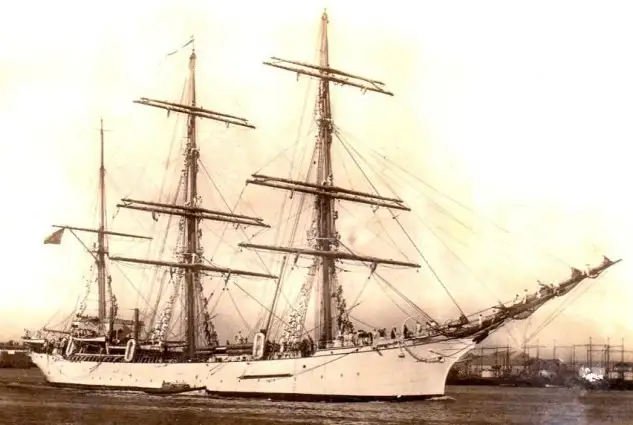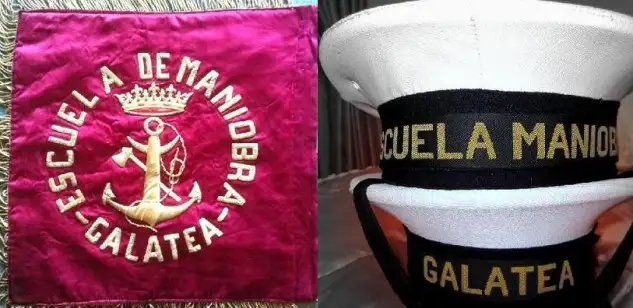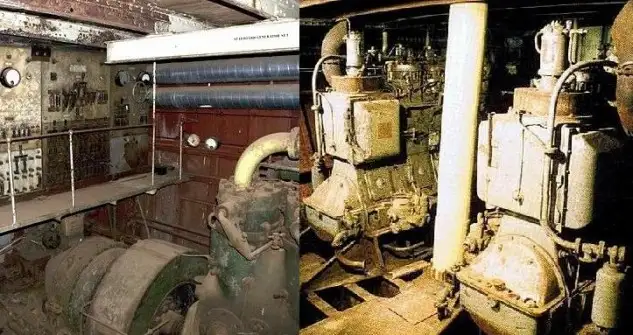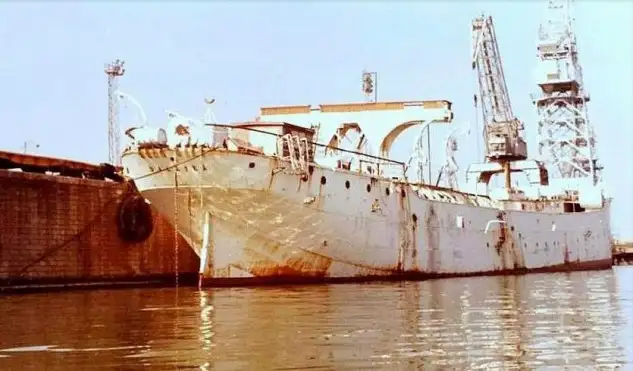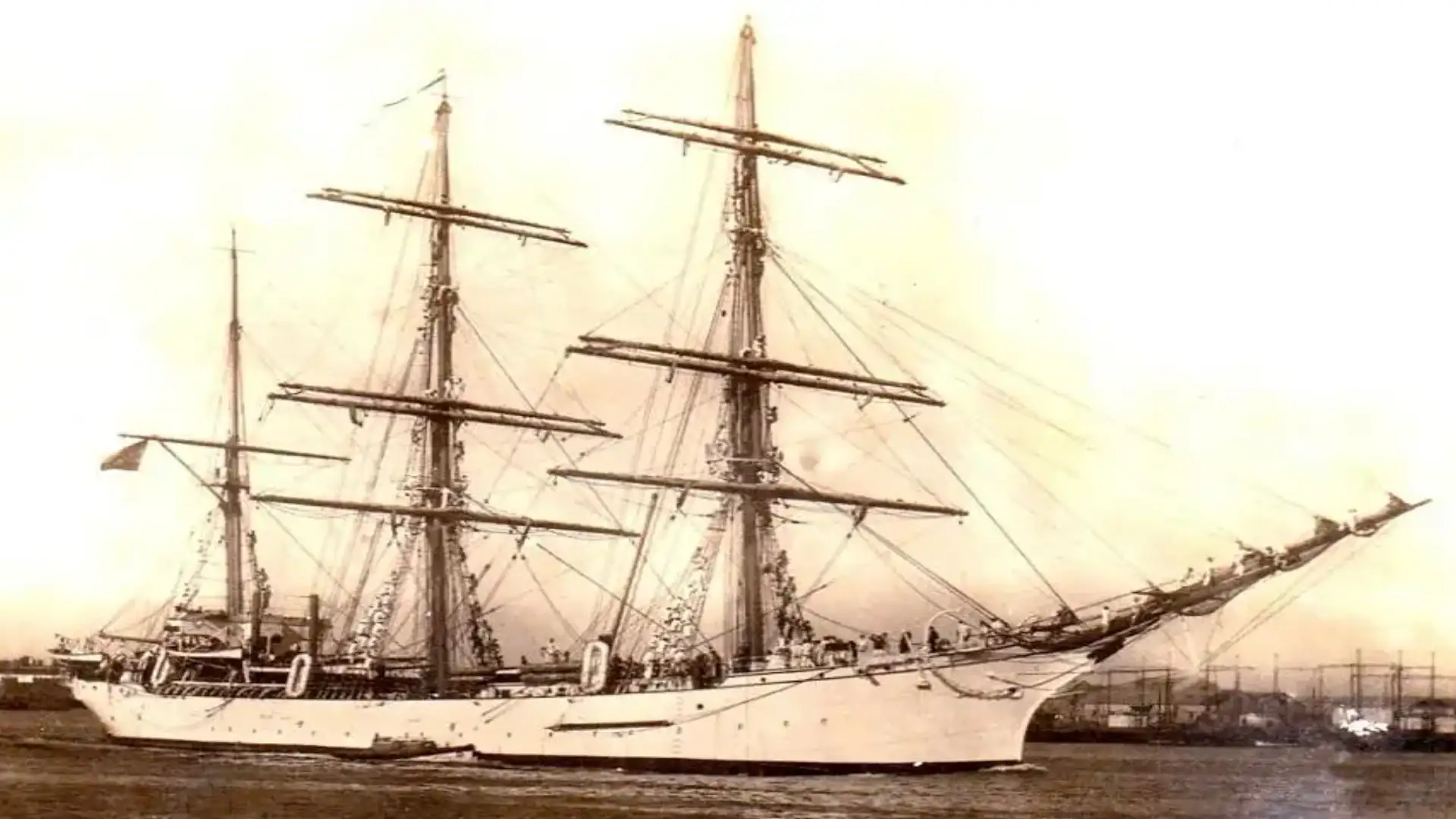
The "Galatea" School Ship
The "Galatea" School Ship
The historical evolution of the Spanish Navy has been, and will be, the one that designates the political, economic and social vanity of our people at every moment in its recent history. On the other hand, naval technology in its two fundamental aspects has changed quantitatively and qualitatively. Our Navy, as a genuine institution of Spain, is deeply rooted in the history of Spain from the very beginning of our being as a nation, being the majority of our fundamental center coasts in the geopolitical context, essentially continental for centuries.
A story that has written illustrious sailors and historic ships, including the "Galatea," a substitute for the corbeta "Nautilus" in turn former "Carrick Castle," which from 1892 and until 1926 would be the school ship of our Navy. Built in Scotland in 1866, and displacing 1700 tons, he made his first singladura under the Spanish flag on a bypass trip that lasted from December 1892 to July 1894.
The acquisition in Italy of the "Clara Stella" frigate, which took place in 1922, would be renamed that same year under the name "Galatea," thus determining the end of the famous "Nautilus," demolished in 1932. This fast school acquired in the years immediately after the end of World War I was prepared as a brickbara. It was built in Italy in 1896, a country to which it was bought under the name "Clara Stella."
The "Galatea" lived its worst years abandoned and left to its fate in an inhospitable place of Guadalquivir, semi-detached, expolated, decolorated and stripped of its identification signs. As such, the school gave invaluable services to the Navy as the School of Marine Apprentices, and remained in this activity almost until 1960 when it was withdrawn from service.
Until his expolio he remained as a pontoon-school, conserving his entire structure, including sticks and trees, tied in the ferrolana Naval Station.
The city of Coruña, given his departure and ready for the scrapping, claimed him for himself with the idea of tying him to his rada as a mound. The Palmas, Santas Cruz de Tenerife and other cities in which the "Galatea" was assiduous of its ports, in its teaching perils, also claimed it, even the Spanish Naval League, which, together with a series of actions carried out by various agencies of the city of Seville, would be able to towed it definitely to the Guadalquivir, with intention, was said at that time, to fondearlo in front of the Gold Tower, coinciding with the Expo92, first as the Naval Museum and later as the operational center of Telefónica and then many more incongruences, leaving the ship in the oblivion and the ship.
When everything seemed to be at the expense of thieves, expoliators and beggars who lived inside, in 1992 it was decided to auction it, and in the bid a Scottish company acquired it for 8 million pesetas, about 48,000 euros. What the buyers were not able to get was the bow masquerade, which can be visited in Ferrol, and they tell that the answer given to the buyer, is that the masquerade would return it when Britain returned the Peñón from Gibraltar to Spain.
In 1928 the Spanish Navy received the Juan Sebastián de Elcano, the current Spanish school ship, accompanied by four-stick bergantin goleta. Bella and majestic ship, as the "Galatea" was in its day, is currently one of the largest sailboats in the world, but God wants that, when the time of the retreat, which is near, its 2400 square meters of rag that make up a whole symphony of foques, velachos, gavas and crabs do not run the same fate as the "Galatea."
Text: Jorge Alonso
Photographs: Blog "Galatea Handling School"
© 2024 Nautica Digital Europe - www.nauticadigital.eu


